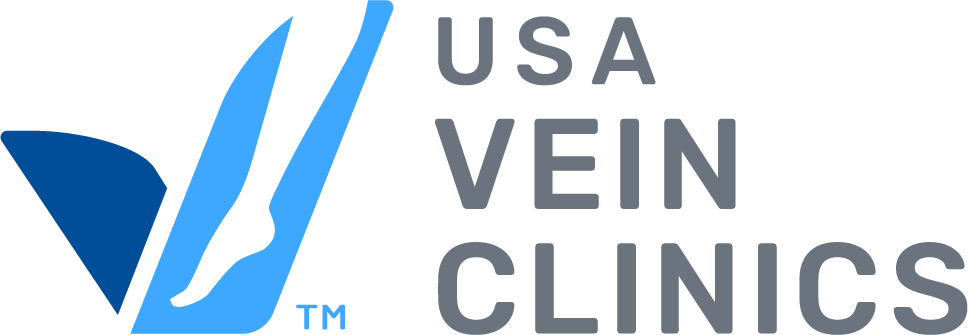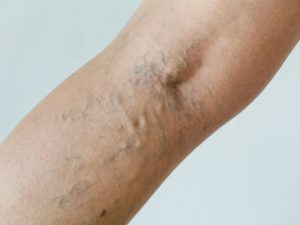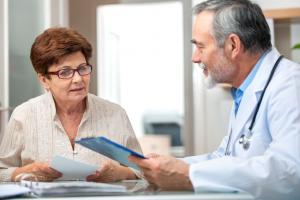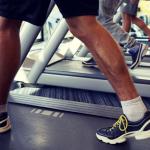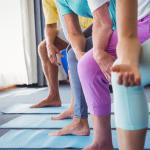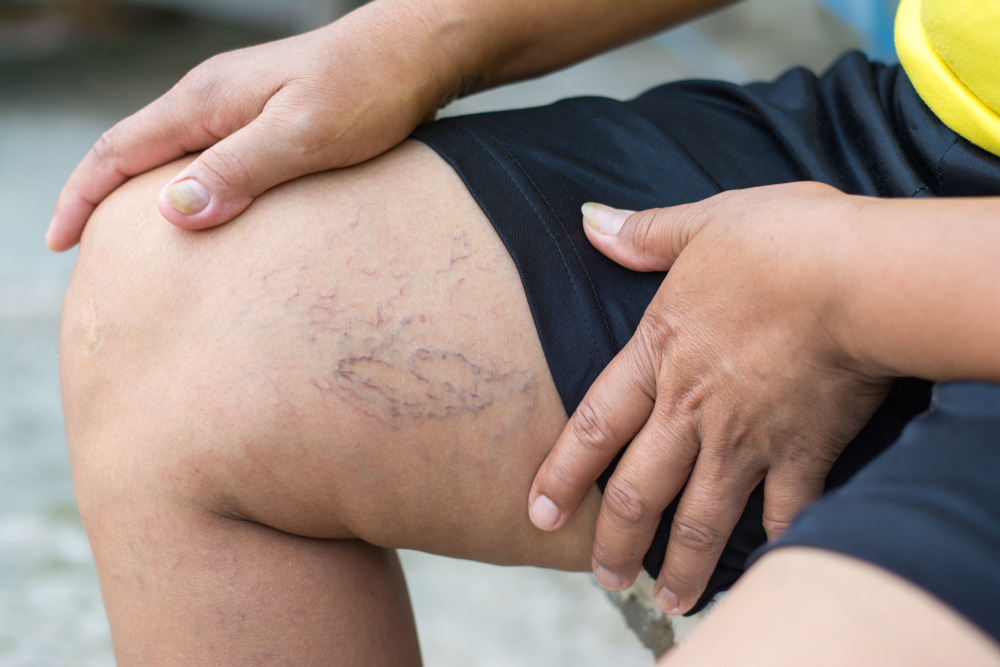
Can massage really help varicose veins? Massaging, in general, can help reduce stress, relax tight muscles, and lower blood pressure. It can help improve blood circulation in the legs, lowering your risk of developing vein issues. However, massages are not the cure-all for varicose veins.
While a massage may temporarily relieve varicose vein symptoms, it will not make your varicose veins disappear. You may want to consider minimally invasive vein treatment for a long-term solution.
If you have varicose veins but are still interested in getting massages, we recommend consulting a vein specialist. Massages can be dangerous for some individuals with certain health conditions. Below, we discuss what you should know about varicose veins and massage and explore non-surgical vein treatment options.
LEARN MORE ABOUT VARICOSE VEINS
Varicose Veins and Massages: What You Need to Know
Varicose veins, spider veins, and other vein health conditions stem from vein disease or chronic venous insufficiency. Vein disease occurs when tiny, one-way valves are strained and damaged. This can lead to blood pooling in the legs, which may cause pain, swelling, and fatigue over time. In some cases, this can eventually contribute to complications like non-healing leg wounds. While vein disease can increase the risk of a dangerous blood clot known as deep vein thrombosis (DVT), DVT can also occur suddenly due to other factors such as immobility, surgery, injury, or certain medical conditions. A massage may alleviate varicose vein symptoms at first. However, this relief is only temporary.
A massage doesn’t address what caused your varicose veins—and for some individuals, a massage may be dangerous.
You should talk to a vein specialist about your varicose veins before you book a massage. A vein specialist will evaluate your condition, check for blood clots, and ensure that a massage is a safe option for you. They may also suggest lifestyle changes and minimally invasive vein treatments to help relieve painful symptoms.
Types of Massage
There are many different types of massage, but here are some of the most common ones:
- Swedish Massage: This is a gentle, relaxing massage that uses long strokes, kneading, and circular movements. It’s often used to relieve muscle tension and improve circulation.
- Deep Tissue Massage: This type of massage focuses on deeper layers of muscle tissue. It uses more intense pressure and slower movements to release chronic muscle tension.
- Sports Massage: This is designed for athletes and focuses on preventing and treating injuries. It may involve a variety of techniques, including stretching, compression, and joint mobilization.
- Lymphatic Drainage Massage: This gentle massage targets the lymphatic system, which helps to remove waste and toxins from the body. It’s often used to reduce swelling and improve circulation.
- Myofascial Release: This type of massage focuses on releasing tension in the fascia, the connective tissue that surrounds muscles and organs. It can help to improve flexibility and reduce pain.
Massages to Avoid (or be cautious with) for Vein Issues
People with varicose veins or other vein conditions should be cautious with certain types of massage, particularly:
- Deep Tissue Massage: The intense pressure used in deep tissue massage could potentially damage weakened veins or dislodge a blood clot.
- Sports Massage: Some sports massage techniques, such as deep kneading or aggressive stretching, may be too intense for people with vein issues.
- Any massage that causes pain: If a massage is painful, it’s important to stop immediately. Pain is a sign that the massage may be doing more harm than good.
Why Massage Can Be Dangerous for Vein Issues
Here’s a more detailed explanation of why certain types of massage can be risky for people with varicose veins or other vein conditions:
Increased Pressure
Varicose veins are already weakened and prone to bulging. Applying additional pressure, especially deep pressure, can further weaken the vein walls and increase the risk of rupture or bleeding.
Blood Clot Dislodgement
If a person has a blood clot in a superficial or deep vein, vigorous massage could potentially dislodge the clot and cause it to travel to the lungs (pulmonary embolism), which is a life-threatening condition.
Inflammation
Some massage techniques can increase inflammation, which may worsen vein-related symptoms.
Important Considerations If Massaging Varicose Veins
Consult a doctor: It’s best to get approval from a vein specialist before calling the spa or massaging yourself. The vein specialist can ensure whether it’s safe for you to get a massage. You might get approval but on certain conditions such as advising the massage therapist to avoid areas with varicose veins.
Choose a qualified massage therapist: If a doctor approves massage, it’s essential to choose a massage therapist experienced in working with people with vein issues. They should be knowledgeable about which techniques are safe and which ones to avoid.
Consider vein treatment: A vein specialist will offer medical procedures to treat varicose veins. After a few weeks, you may be able to get a massage without worrying about the potential dangers of massages on varicose veins. USA Vein Clinics operates in over 168 locations nationwide, providing convenient access to vein care for those who need treatment.
Seeking Professional Treatment for Varicose Veins
USA Vein Clinics’ minimally invasive treatments are FDA-approved and clinically proven to provide relief from painful symptoms of varicose veins. Patients who opt in for one of these treatments can benefit from shorter procedure times and recovery times. They also lower their risk of deep vein thrombosis (DVT) and leg ulcers.
If you are going to receive vein treatment, you may need to wait for some time before engaging in more physical activities or getting a massage. It depends on what your doctor recommends as you recover from the procedure. For more information on vein disease, the treatments, or insurance coverage, call us at 888.768.3467 or book an appointment online.
